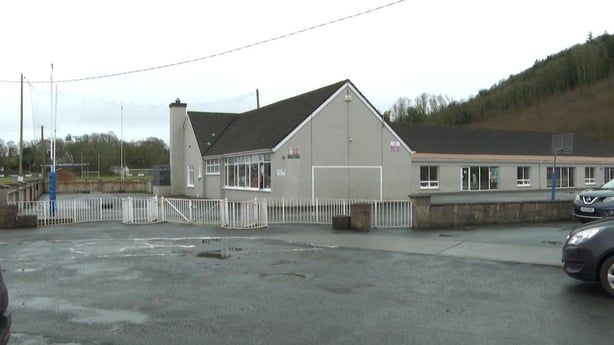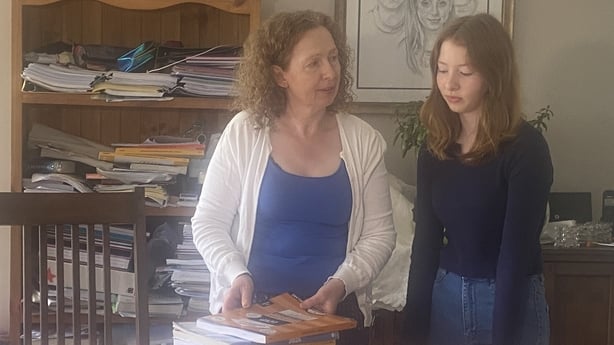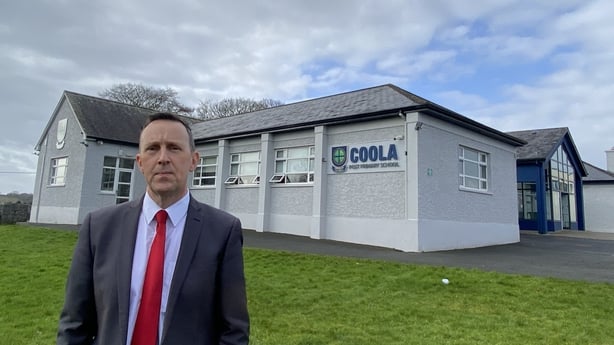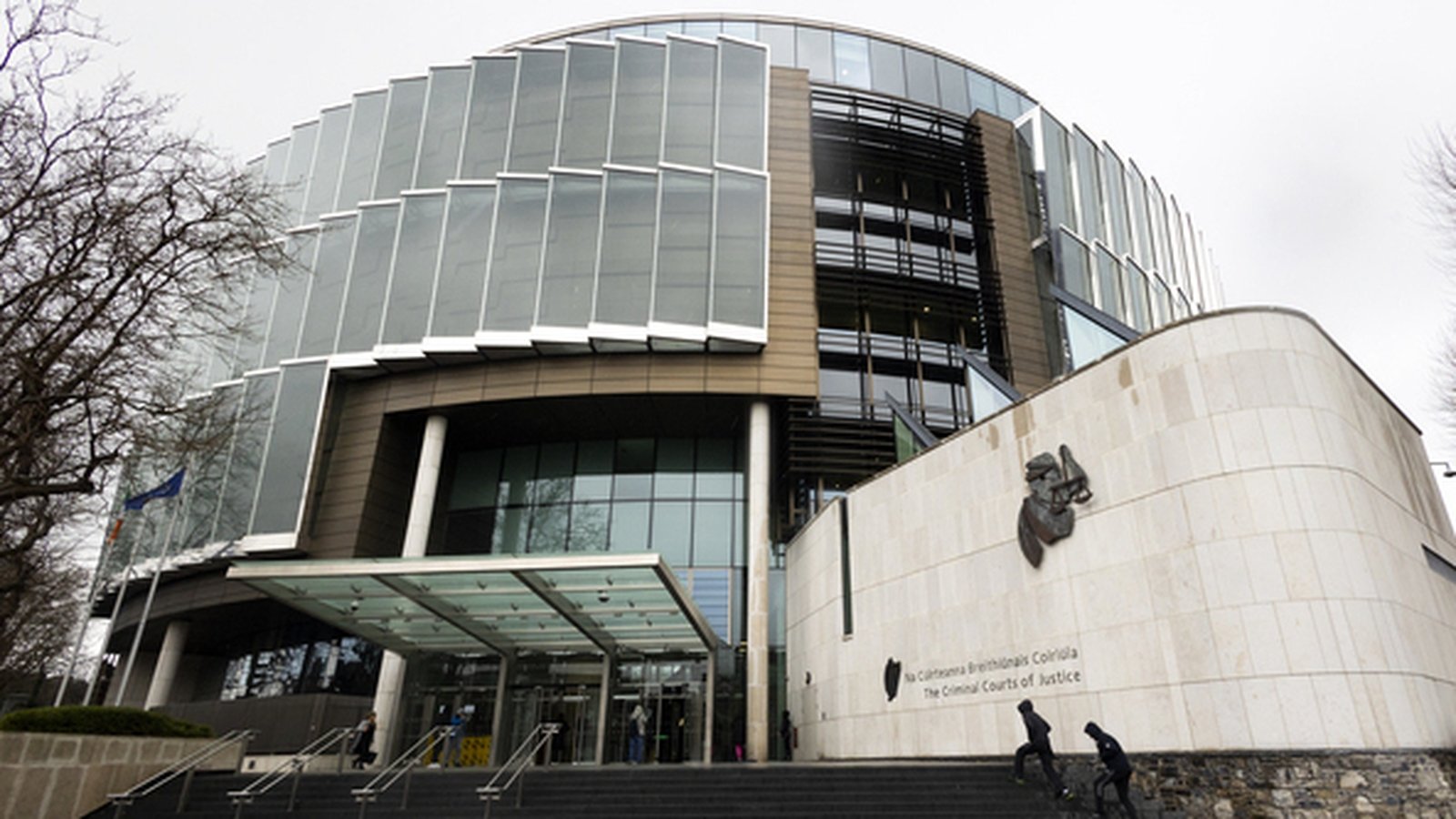School transport review welcomed, but some see trouble

The rows and controversies have been going on for years, with a regular turnover in parents campaigning to get seats on buses for their children or seeking to have routes varied to meet more demand.
As one set of pupils exit stage left, new children come into the system and, depending on their situations, their parents take up the mantel to fight for a better way of doing things.
Towards the end of December, there was a headline on the RTÉ News website which read: ‘Up to 380 children remain without school transport.’
Among those children were 25 pupils from Foynes National School in Co Limerick where there had been no service since the start of the school year.
Parents were faced with serious problems trying to juggle their lives to bring children to and from school when some of them were working in Limerick city 45 minutes away.
The issue has since been resolved, but at the time, the Department of Education was quoted as saying that the difficulties in providing a service was due to driver and bus shortages in the sector.
This would appear to be a growing problem in relation to the overall service, but more on that later.

The nitty gritty of the issues over the years, though, have generally been to do with eligibility for a school bus ticket and the routes taken by the buses.
Basically, to be eligible for a ticket you currently have to live 3.2km from your primary school and 4.8km from your post-primary school.
If there are spare seats on a route, they are given to children on a concessionary basis.
Parents have often described this as a lottery system.
A child might get a ticket one year, but not the next, and this can create huge challenges for parents trying to get their children to school and themselves to work.
In September 2022, the Irish Examiner reported on two secondary school students who failed to get concessionary tickets they had had for a number of years, so they had no choice but to drive tractors 34km to get to their school in Fermoy.
Minister Norma Foley said that this was the first time since 1967 that we have seen such a significant overhaul and review of the system.
The review, which began in 2021, has been broadly welcomed although some people foresee there could be trouble ahead.
The positives first though. The review recommends that the rule whereby you have to go to your nearest school to qualify for transport should be scrapped.
Then the distance rules will change gradually. Initially the qualifying distance for both primary and post-primary children would be reduced to 2km with that distance reducing later to just 1km for primary school children.

The language around eligible and concessionary tickets is to change. “Scheme users who are currently classed as ‘concessionary’ will in future be deemed ‘not eligible’, in order to avoid any confusion or undue expectation,” the review states.
In reality it would appear the same rule will apply: “They will be allocated ‘spare seats’ once all eligible students have been accommodated.”
The current fees for users will not change but will be reviewed in 2025 and all existing routes will be maintained, even where there are less than ten students using it.
For a new route to be established, the review states that a minimum of ten students will be required and “a working group will examine the feasibility of transferring existing routes with under ten students to public transport”.
Currently, the system caters for around 161,000 pupils. It is expected that figure will grow by about 100,000 pupils over six years under the new arrangements.
Nothing, however, will change in the next school year.
It is envisaged that the new system would come into effect for the school year 2025-26 and there is a lot of work to be done in the meantime.
In particular, there are aspirations to streamline the application process through technological improvements and it is hoped that “up to date mapping technology should be in place by 2025-26 for measuring eligibility distance accurately and transparently”.
This dual category causes stress to parents who are not guaranteed a place on a bus and may not find out until the end of September if a place is available.
So, what do parents think?
Doreen Keane is one of a number of parents living in east Galway who have been campaigning for a fair service catering to all children who need a school bus service.
Living in Sheefin, she has two children with concessionary tickets to travel to their secondary school in Athenry.
However, they and other children living on the same rural road have to travel several kilometres to get to the bus stop and their parents have been campaigning for an alteration to the route to pick them up.
They strongly believe though, that there should be no such thing as concessionary tickets anyway and that children who need school transport should get them as a right.
Overall, however, Ms Keane said the review is welcome and in particular, she is in favour of the move towards up-to-date mapping technology rather than “as the crow flies” measurements of distance.

The change in language from ‘concessionary’ to ‘not eligible’ does not change the reality for her, however.
“This dual category causes stress to parents who are not guaranteed a place on a bus and may not find out until the end of September if a place is available.” she said.
The reduction in the distance rules may also create problems for children categorised as ‘not eligible’ she believes, because buses will be filled quicker by those living 1km from primary schools and 2km from post-primary.
She said she understands this is to reduce cars on the roads, but feels it may also threaten the entitlement to a service, especially those deemed not-eligible due to pressure on resources of buses and drivers.
That brings us back to the resources issue mentioned earlier. If the service has already been struggling to provide enough vehicles and drivers, how will it cope under an expanded scheme?
The Coach Tourism and Transport Council of Ireland (CTTC) and Irish Rural Link (IRL) have already raised concerns about this.
While both welcome the review, including the reduction in the rules about distance from schools, they say there are challenges ahead.

Feargal Barton, Chair of CTTC’s School Transport Committee said they are “deeply concerned that the system may not have the capacity to cater for an extra 100,000 students over the coming five years”.
Mr Barton said that fuel, parts and wage inflation are placing severe strain on the ability of operators to continue providing services in a commercially viable way and points out that there are also serious problems regarding the recruitment and retention of drivers as things stand.
He is calling for a working group to be set up now to include all stakeholders to ensure the planned expansion of the system is fit for purpose.
IRL said it has long called for the scrapping of the distance rules completely which it sees as a barrier to schoolchildren in rural areas accessing education and imposing increased costs on rural households with the need for a second car, for instance.
Chief Executive Seamus Boland also pointed out that lowering the distance rules will mean more demand for the scheme and therefore a need for more buses.
“If the Government are serious about reducing carbon emissions and want people to reduce their use of private cars, measures in the new scheme must be implemented quickly,” he said.
The benefit to the environment of an improved school transport system catering for more pupils and thereby reducing the number of cars taking them to and from school is highlighted in the review.
Schools such as Coola Post Primary in Co Sligo see it as a potential end to the chaos they see daily on the roadside as well as improving the environment.

Deputy Principal Michael Rooney said children living in nearby Riverstown, for example, which is barely outside the current distance limit, are not eligible to get a bus to school so there are dozens of cars dropping and collecting children every day.
There simply isn’t the infrastructure to deal with all the traffic, he said, and the new distance rules are a great idea which will benefit everyone, as well as the environment.
The reality around a lot of the controversies that have cropped up over the years is that life happens and things change – new homes are built and new estates crop up and they are not always conveniently positioned along a school bus route.
The National Parents Council (NPC) said that one of the problems with the review is how long it has taken.
Conscious that things constantly change, the council made submissions to the review team based on the inadequacies of the system as parents saw them.
Any child in the State who needs school transport should be able to get it, like in so many other jurisdictions. Here in Ireland we are playing catch up.
CEO Áine Lynch welcomed the broadening of the system, but she said the NPC has been calling for a fully-functioning system and emphasises that it must be kept constantly under review.
“Parents, where appropriate, are willing to pay, she said, but “it’s frustrating when they see half empty busses on the roads, and they are following them in their cars taking their children to the same school”.
Ms Lynch said what they have been calling for is a complete school transport system for any child who needs it.
“Any child in the State who needs school transport should be able to get it, like in so many other jurisdictions,” she said. “Here in Ireland we are playing catch up,” she added.
Another issue she highlighted is safety, and I was reminded of a story I covered back in 1990.
There was a situation in Co Donegal where the pupils themselves took on the fight over the condition of their school bus.
They staged a sit-in on the vehicle which took them from Pettigo to school in Ballyshannon.
They said it broke down regularly and the previous week they had had to put up umbrellas to stop the rain coming through the roof.
While things have progressed enormously since then, safety is still a concern for parents.
Nowadays, however, those concerns are broader. It is not just to do with the actual vehicle, it is also about what can happen on board the bus, according to Ms Lynch.
The NPC has called for safe vehicles and a safe environment on the buses.
We are not asking for a taxi service, but routes set down in 1967 are not reflective of where housing now exists.
She said: “There should be no opportunities for bullying on buses. There needs to be clarity around who is responsible for that, and this will require more resources.
“It’s not just a transport system, children need to be safe and happy on buses as well.”
A lot has to happen before the new scheme comes into effect and in the meantime, little, if anything, will change for students and their parents.
In Co Galway, Geraldine Donohue said the lead in time of at least 18 months is much too long given what she describes as “the perennial issue around school transport every September”.
As a child, Geraldine and her brother were kept out of school for a considerable period of time by their parents in a row over school transport and now, as an independent councillor in Galway, she is still campaigning for parents on the same issues for parents and their children.
She believes the distance rules should have been scrapped altogether.
The Government has had years to consider a better scheme, she said, and she predicts that “come September we will see many school buses pass by students homes only to have the parents follow the school bus which is ridiculous”.
Ms Keane agrees, saying there needs to be more flexibility in the system.
She said: “We are not asking for a taxi service, but routes set down in 1967 are not reflective of where housing now exists.
“Routes should be designed to meet the maximum benefit rather than have parents reduce work hours to drive to stops.”
She is not sure that the new system would help her situation, but by the time it comes into effect, it will be too late for her children anyway.





